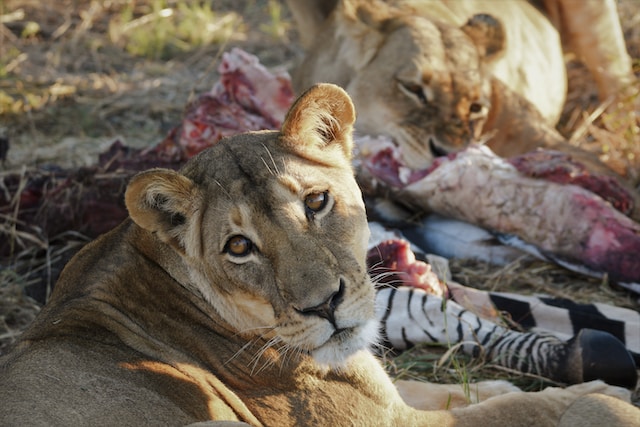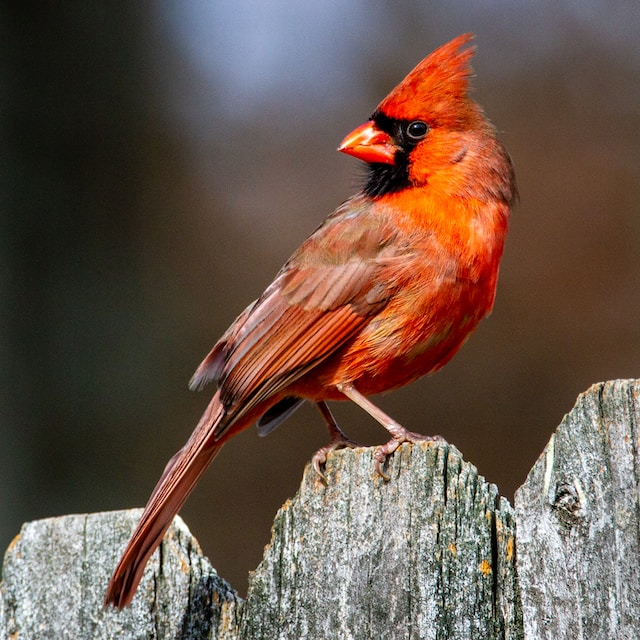
The animal kingdom is a vast and diverse realm, teeming with creatures of all shapes, sizes, and behaviours. From the tiniest insects to the largest mammals, animals inhabit nearly every corner of our planet. In this article, we will embark on a journey to explore the fascinating world of different types of animals, categorized into key groups based on their shared characteristics and evolutionary histories.
Mammals: The Warm-Blooded Wonders
Mammals are a diverse group of animals characterized by several key traits, including fur or hair, mammary glands for nursing their young, and a warm-blooded metabolism.
Primates
Humans, chimpanzees, and gorillas are among the primates, known for their intelligence and complex social structures.
Lemurs, tarsiers, and spider monkeys are lesser-known members of this group, each with its unique adaptations.
Carnivores
Lions, tigers, and cheetahs are apex predators in this group, known for their hunting prowess.

Domesticated dogs and cats also belong to this category, showcasing the diversity of the carnivore family.
Rodents
Mice, rats, and squirrels are some of the most common rodents, known for their continuously growing incisor teeth.
Beavers, with their impressive dam-building skills, are another intriguing rodent species.
Birds: The Feathered Flyers
Birds are characterized by feathers, beaks, and the ability to fly (although some are flightless). They come in a remarkable array of shapes, sizes, and colours.
Raptors
Eagles, hawks, and falcons are known for their sharp talons and keen eyesight, making them formidable hunters.
Vultures, despite their scavenging habits, serve an important ecological role.
Songbirds
Canaries, nightingales, and sparrows are among the many songbirds known for their melodious calls and vibrant plumage.

These birds are often kept as pets due to their captivating songs.
Waterfowl
Ducks, swans, and geese are well-adapted to aquatic environments, with webbed feet for efficient swimming.
Some waterfowl species are migratory, travelling long distances in search of suitable habitats.
Reptiles: The Cold-Blooded Conquerors
Reptiles are characterized by scales, clawed feet, and a cold-blooded metabolism, meaning their body temperature is regulated by their environment.
Snakes
From the venomous cobra to the constricting boa, snakes exhibit a wide range of adaptations for hunting and survival.
Some snakes, like the rattlesnake, have distinctive warning mechanisms.
Turtles
Turtles, known for their bony or cartilaginous shells, come in various sizes and inhabit diverse ecosystems, from oceans to deserts.
Sea turtles are especially remarkable for their long migrations and nesting habits.
Lizards
Geckos, iguanas, and chameleons showcase the incredible diversity of lizards, with unique adaptations like adhesive toe pads and colour-changing abilities.
Komodo dragons, the world’s largest lizards, are apex predators with formidable size and strength.
Amphibians: The Master Metamorphosizes
Amphibians are known for their dual life stages, typically starting as aquatic larvae (like tadpoles) and transitioning into terrestrial adults. They are also sensitive to environmental changes.
Frogs and Toads
Frogs and toads are known for their hopping abilities and distinctive calls, used for mating and communication.
Some amphibians, like the poison dart frog, have toxic skin secretions for defence.
Salamanders
Salamanders have elongated bodies and long tails, often found in moist environments like forests and streams.
Some species can regenerate lost body parts, a unique ability in the animal kingdom.
Fish: The Aquatic Dwellers
Fish are the most diverse group of vertebrates and come in countless shapes and sizes, adapted to various aquatic environments.
Freshwater Fish
Species like bass, trout, and catfish inhabit rivers, lakes, and ponds, offering recreational fishing opportunities.
Many freshwater fish are essential for local food sources and ecosystems.
Marine Fish
From the vibrant clownfish to the graceful manta ray, marine fish exhibit an astonishing array of colours and shapes.
Coral reefs, among the most biodiverse ecosystems, rely on fish for their health and survival.
Invertebrates: The Diverse Majority
Invertebrates are animals without a backbone and constitute the majority of animal species on Earth. This group includes a wide range of creatures with varying adaptations.
Arachnids
Spiders, scorpions, and ticks are arachnids known for their multiple legs and specialized silk-producing glands.
Some arachnids, like the orb-weaving spider, create intricate webs for capturing prey.
Insects
Insects are the most diverse group of animals, with millions of species identified and many more yet to be discovered.
Bees, butterflies, ants, and beetles play critical roles in pollination, decomposition, and ecosystem health.
Molluscs
Snails, clams, and octopuses are molluscs with soft bodies and often hard shells.
Octopuses, in particular, are renowned for their intelligence and problem-solving abilities.
Conclusion
The animal kingdom is a testament to the boundless creativity of nature. From the charismatic mammals to the mesmerizing birds, the resilient reptiles, and the captivating invertebrates, every type of animal serves a unique purpose in the web of life. Understanding and appreciating the diversity of animals not only enriches our knowledge of the natural world but also reinforces the need for conservation and the preservation of the intricate relationships that sustain our planet.